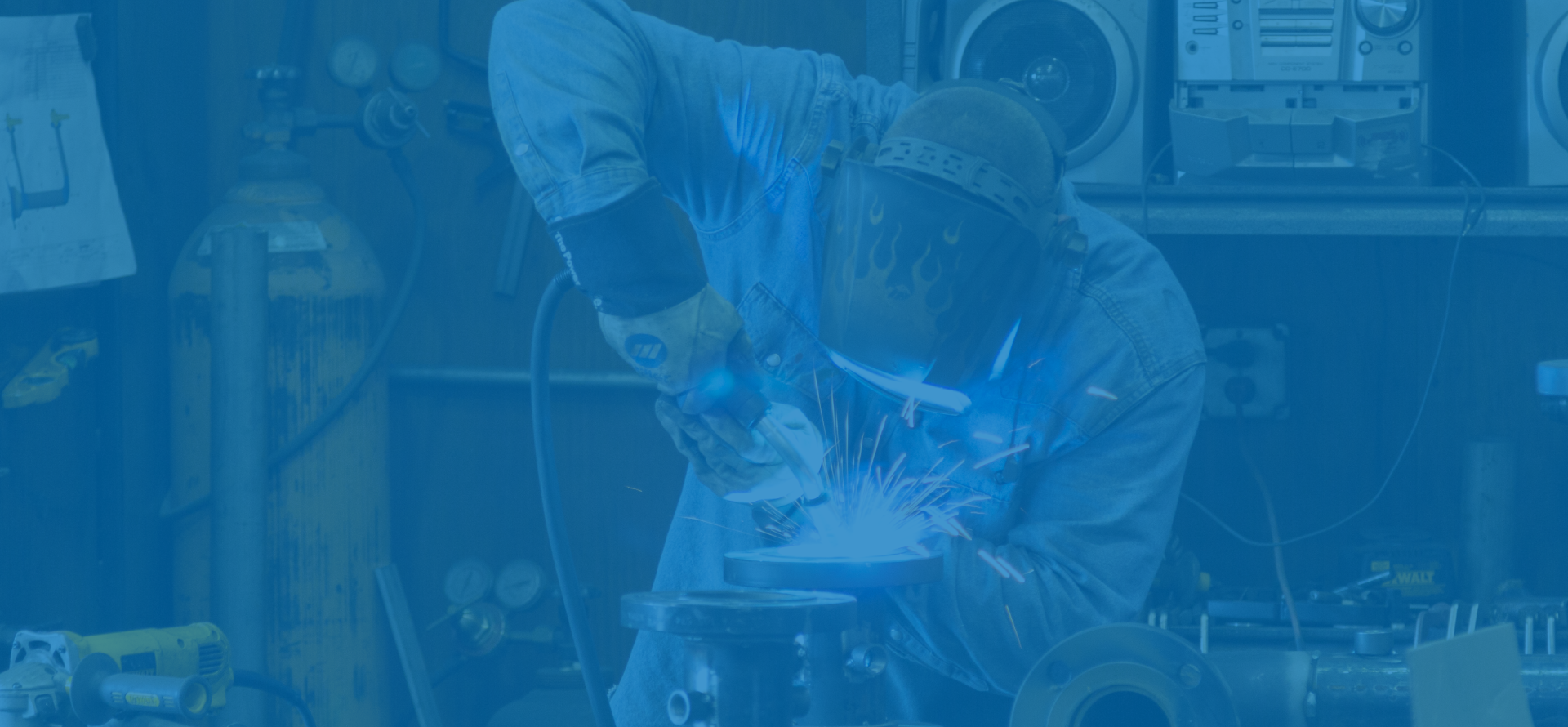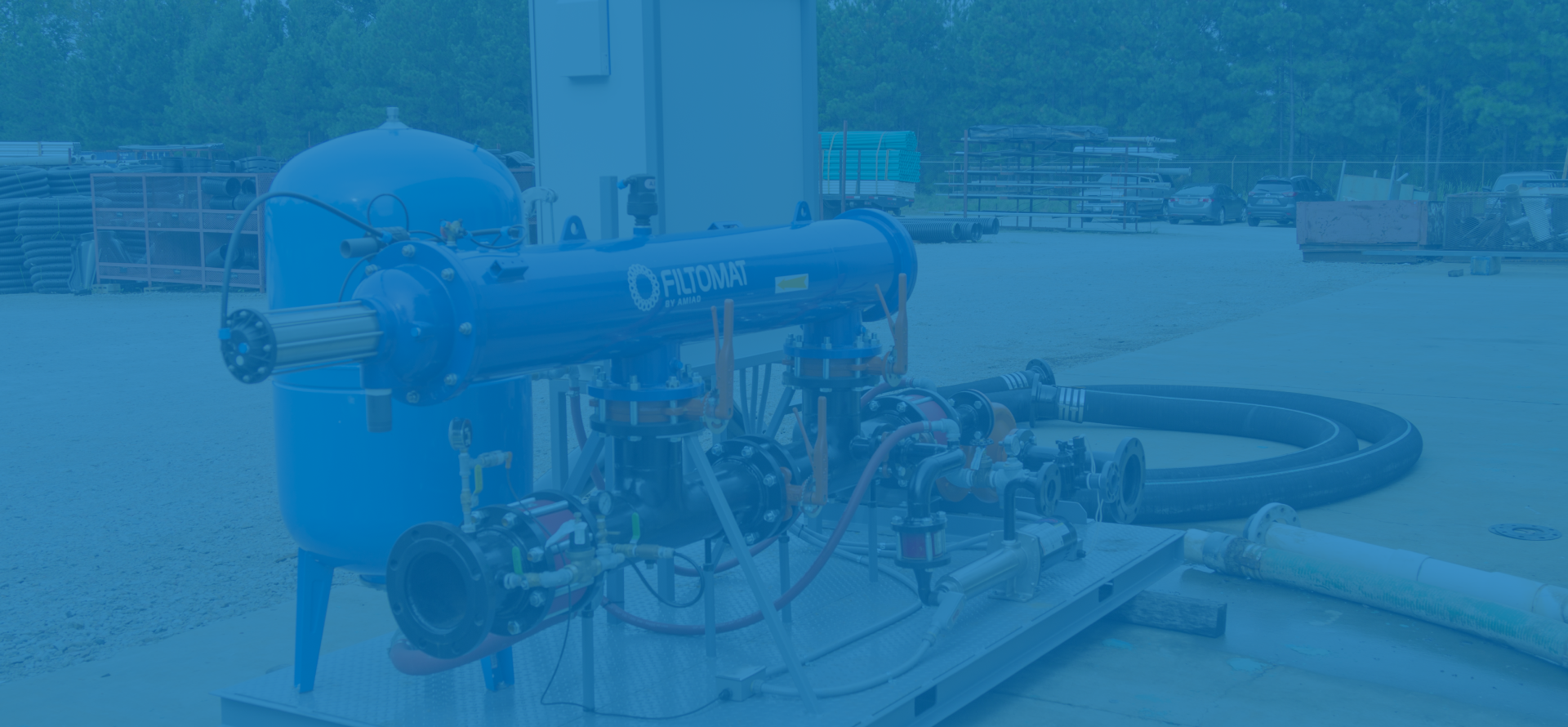How to Select the Best Sprinkler System for Your Agricultural Needs
Choosing the right sprinkler system for your agricultural needs is crucial for maximizing efficiency and ensuring healthy crop growth. With various types of sprinkler systems available, it can be overwhelming to determine which one best suits your specific requirements. Factors such as the size of your fields, the types of crops you are growing, local climate conditions, and soil type all play a significant role in this decision-making process.

This blog aims to provide a comprehensive guide on how to select the best sprinkler system tailored to your agricultural needs, taking into consideration both performance and cost-effectiveness. By exploring different options and understanding their benefits, you will be better equipped to make an informed choice that enhances your farming practices and optimizes water usage.
Factors to Consider When Choosing a Sprinkler System for Different Crops
When selecting a sprinkler system for agricultural needs, it is crucial to consider the specific requirements of different crops. Factors such as the crop type, climate, and soil conditions play a significant role in determining the ideal irrigation method. For instance, drip irrigation systems are highly efficient for water-sensitive crops like strawberries and peppers, allowing precise control over water delivery directly to the root zone. According to a report by the Food and Agriculture Organization (FAO), drip irrigation can save up to 50% of water compared to traditional methods while increasing yield by 20-30%.
Additionally, the integration of modern technology into irrigation practices is becoming increasingly important. Digital platforms that incorporate mobile internet and IoT technologies can optimize water usage across varying agricultural contexts. With advancements in remote monitoring and control systems, farmers can adjust their irrigation schedules based on real-time weather data and soil moisture levels. A study indicated that smart irrigation systems, which employ such technologies, can enhance water efficiency by an additional 25%, showcasing the potential for sustainable agricultural practices that respond to the evolving needs of the environment and economy.
Water Requirements for Different Crops
Understanding Different Types of Sprinkler Systems: Pros and Cons
When selecting the best sprinkler system for your agricultural needs, understanding the different types available and their respective pros and cons is essential. Conventional sprinkler systems are widely used for their affordability and ease of installation, but they often lead to water wastage due to evaporation and runoff. On the other hand, smart irrigation systems have gained popularity as they optimize water usage significantly by adjusting based on weather conditions and soil moisture levels. This technology, while initially more expensive, can provide long-term savings and efficiency.
Tips for Choosing the Right System:
- Assess your crop's water needs: Different plants may require varying amounts of water; understanding these needs will guide you in selecting the right system.
- Consider the environment: Evaluate your local climate and soil type, as this will impact the effectiveness of various irrigation methods.
- Stay updated on technology: With advances in smart irrigation systems, it's beneficial to research modern options that can enhance water efficiency and crop yield.
Evaluating Water Source and Availability for Efficient Irrigation
When selecting an appropriate sprinkler system for agricultural needs, evaluating the water source and its availability is crucial. The type of water source—whether it’s groundwater, surface water, or a municipal supply—will significantly influence the efficiency of your irrigation. Understanding the quantity and quality of the water is essential. Groundwater may provide a steady supply, but issues like depletion or salinity can arise, necessitating a thorough assessment of well depths and pumping capacities. Conversely, surface water depends heavily on rainfall patterns and seasonal variability, which may require additional storage solutions.

In addition to identifying the water source, farmers must consider the logistical aspects of water availability. This includes local regulations on water use, as over-extraction can lead to legal repercussions and environmental concerns. Evaluating seasonal availability is also important; some crops may require consistent moisture during peak growth periods.
By aligning the selection of sprinkler systems with water source characteristics and availability, farmers can optimize irrigation efficiency, ultimately promoting healthier crops and sustainable agricultural practices.
Assessing Costs and Return on Investment for Sprinkler Systems
 When selecting a sprinkler system for agricultural needs, understanding the costs and potential return on investment (ROI) is essential. Different systems vary in price based on factors such as type, installation, and maintenance requirements. It's crucial to conduct a thorough cost analysis that encompasses both initial expenditures and ongoing operation costs. This will help farmers identify systems that fit their budget while enabling them to make informed decisions.
When selecting a sprinkler system for agricultural needs, understanding the costs and potential return on investment (ROI) is essential. Different systems vary in price based on factors such as type, installation, and maintenance requirements. It's crucial to conduct a thorough cost analysis that encompasses both initial expenditures and ongoing operation costs. This will help farmers identify systems that fit their budget while enabling them to make informed decisions.
Tip: Consider not just the purchase price but also the long-term savings that efficient systems can provide, such as reduced water usage and lower energy costs. Evaluate the typical lifespan of the systems and potential rebates or subsidies that might be available for sustainable practices.
Another key aspect to assess is how each system impacts crop yield. Invest in systems that improve irrigation precision, as this can lead to higher production efficiency and better quality produce. Research shows that well-implemented sprinkler systems can significantly enhance ROI by maximizing water application and minimizing waste.
Tip: Use historical data and expert consultations to project potential yield increases from upgraded sprinkler systems. This strategic planning can support your investment decisions and ensure long-term profitability for your agricultural operations.
Best Practices for System Maintenance to Enhance Lifespan and Efficiency
Maintaining a sprinkler system is crucial for ensuring agricultural efficiency and longevity. According to a report by the Irrigation Association, proper maintenance can enhance system efficiency by up to 30% and significantly reduce water waste. Regular checks for leaks, clogs, and system pressure are essential practices that can help identify potential issues before they escalate, ultimately saving both time and money for farmers.
First, farmers should implement a routine inspection schedule, ideally bi-annually, to assess all components of the system. This includes evaluating each sprinkler head to ensure it isn’t blocked, and verifying that the water distribution aligns with crop needs. A study from the USDA suggests that systems with optimized maintenance demonstrate a yield increase of approximately 20% in water-sensitive crops. Furthermore, adopting advanced technologies such as soil moisture sensors can help in adjusting irrigation schedules, mitigating overwatering and promoting healthier crop development.
Moreover, seasonal maintenance tasks such as flushing the system and adjusting the heads for proper coverage can prevent long-term damage. Regular upkeep not only maximizes system lifespan but also contributes to a more sustainable agricultural practice, aligning with the increasing need for efficient resource management in farming.
How to Select the Best Sprinkler System for Your Agricultural Needs - Best Practices for System Maintenance to Enhance Lifespan and Efficiency
| Criteria | Details | Maintenance Tips |
|---|---|---|
| Water Source | Consider the availability and quality of the water supply | Regularly test water for pH and impurities |
| Soil Type | Assess soil drainage and retention characteristics | Conduct periodic soil moisture tests |
| Crop Type | Select a system based on crop water needs | Adjust irrigation schedules according to growth stages |
| System Type | Evaluate options like drip, pivot, or stationary systems | Inspect system components regularly for wear and tear |
| Automation | Consider smart controllers for efficient operation | Update software and maintain sensors to ensure accuracy |
| Seasonal Adjustments | Adapt the system based on seasonal weather changes | Review and modify schedules before each season |
Related Posts
-

7 Secrets to Selecting the Best Sprinkler System Installation for Your Landscape
-

5 Essential Tips for Setting Up Your Perfect Outdoor Grill Station
-

Ultimate Showdown of Best Outdoor Kitchens for Your Backyard Oasis
-

Exploring Unique Alternatives to the Best Outdoor BBQ Kitchen for Your Culinary Adventures
-

Innovative Solutions for Your Dream Garden Fountain Design
-

Unlocking Global Opportunities with China's Leading Fountain Pump Manufacturing Solutions
Stay Connected
Sign up today to keep up with the newest information from one of the Southeast’s leading suppliers of fluid handling equipment!








